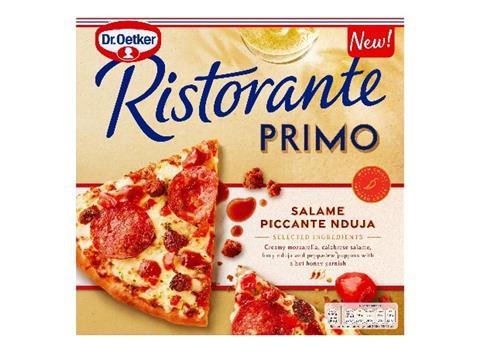
Dr Oetker’s UK arm has improved its profits despite investing in keeping prices low, according to the latest accounts filed at Companies House.
Operating profit at Dr Oetker rose 36% to £36.5m as gross margin improved from 28.1% to 31.8% in the year to 31 December 2024.
Maintaining market share in 2024, Dr Oetker increased revenues 2.6% to £239.5m.
“Over the past year we’ve faced into a tough trading environment with a clear focus to keep bringing consumers the quality, value and innovation they expect from us,” said Dr Oetker UK managing director John Brassington.
“Guided by careful management and robust cost control, the directors are pleased with the company’s performance and the progress made across our key categories and channels.”
Dr Oetker’s directors report, attached to its accounts, attributed the increase in profitability to the success of a group-wide cost-cutting drive across procurement, supply chain and manufacturing, including the integration of the Leyland factory into the group’s international pizza production unit.
Hitting new performance, productivity and waste reduction targets, Dr Oetker also revised recipes and its purchasing strategy.
“We can now see movements on prices within one day which previously wouldn’t have been seen over a period of months in the recent past,” added Brassington.
“The international cost-saving project has continued with high focus throughout the year. Though this affects all areas of the business, there has been an intensive and focused plan of action within the procurement department, both locally and internationally, to reduce costs.”
The company also undertook a small reduction in staff, including a reshuffle of departmental heads. It employs nearly 700 staff in the UK.
The rise in profits came despite Dr Oetker’s efforts to keep market share in the face of a “competitive” market with “significant focus” on own-label products.
“Manufacturers have focused on winning volume by investing in price and fighting for space in store,” said Brassington.
“The business took the decision to invest in market to ensure we remained competitive on price, but this has been done sensibly to ensure we remain strategically placed to win over the long term.”




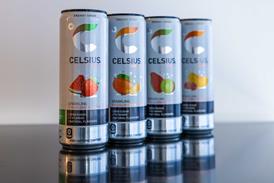
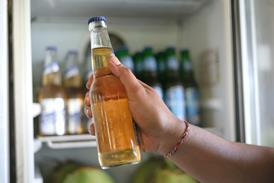


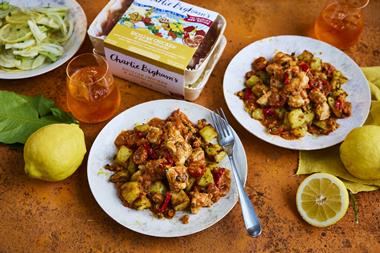
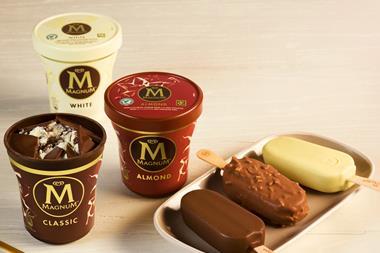


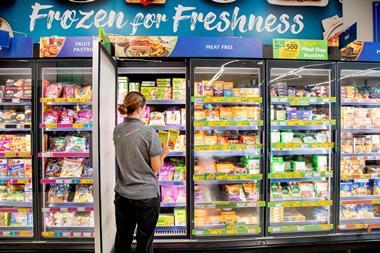

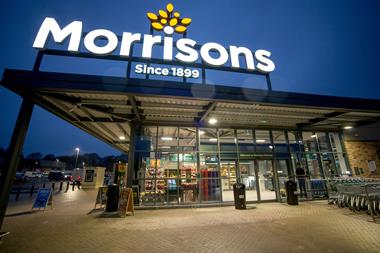



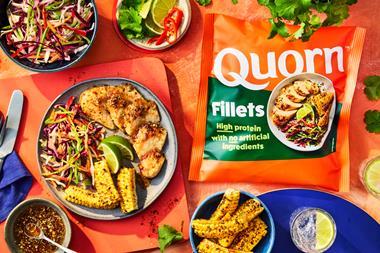
No comments yet